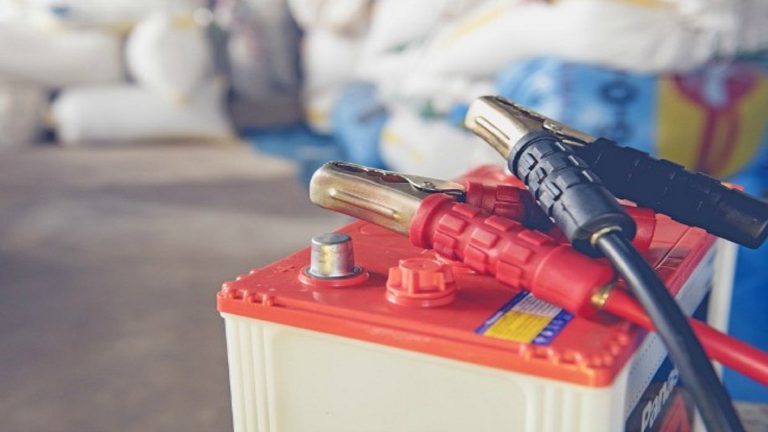Transporting lead-acid batteries safely is important due to the potential hazards associated with these batteries, such as leakage of electrolyte, short-circuiting, and exposure to extreme temperatures. Here are some tips to ensure safe transportation.
- Packaging: Use appropriate packaging that is designed to safely contain lead-acid batteries. This packaging should be sturdy and leak-proof to prevent any electrolyte leakage during transport. Ensure that the batteries are securely placed within the packaging to prevent movement.
- Labeling: Clearly label the packaging with appropriate markings indicating that it contains lead-acid batteries. This helps to alert handlers to the presence of potentially hazardous materials and ensures proper handling.
- Protection: Insulate the terminals of the batteries to prevent short-circuiting during transportation. This can be done using insulated terminal covers or by securely taping over the terminals with insulating material.
- Ventilation: If transporting sealed lead-acid batteries (SLA), ensure adequate ventilation to prevent the buildup of gases inside the packaging. SLA batteries can release hydrogen gas during charging, which can be potentially hazardous if allowed to accumulate in a confined space.
- Temperature Control: Avoid exposing lead-acid batteries to extreme temperatures during transportation. High temperatures can accelerate battery degradation and increase the risk of leakage, while low temperatures can reduce battery performance. If transporting batteries in extreme temperatures, consider using insulated packaging or temperature-controlled containers.
- Secure Transportation: Ensure that the packaging containing the batteries is securely fastened and properly positioned during transportation to prevent shifting or tipping over. This helps to minimize the risk of damage to the batteries and ensures safe handling.
- Regulatory Compliance: Familiarize yourself with any applicable regulations or guidelines for transporting lead-acid batteries in your region. These regulations may include restrictions on the quantity of batteries that can be transported together, as well as specific labeling and packaging requirements.
By following these tips, you can help ensure the safe transportation of lead-acid batteries and minimize the risk of accidents or hazards during transit.


